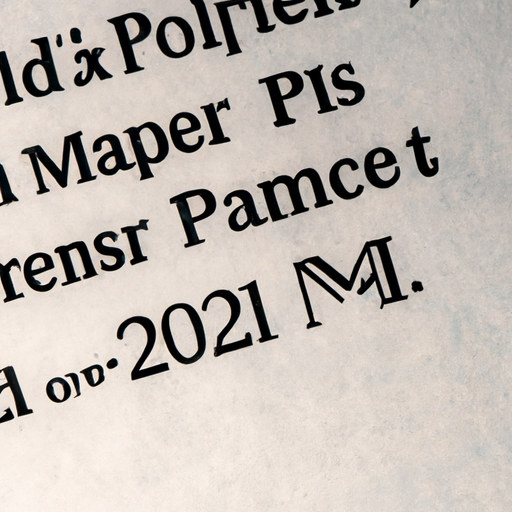As we step into the future, the world of finance and the payments industry continue to evolve at an astonishing pace. Mergers and acquisitions (M&A) have long been a vital aspect of growth strategies in various sectors, serving as a tool for expanding market presence, acquiring new technology, and leveraging synergies. However, recent reports indicate that the payments M&A landscape in 2023 may experience a rather significant downturn.
Traditionally, the payments sector has witnessed robust M&A activities, with large players eyeing opportunities to unite forces, enhance their competitive edge, and gain access to innovative solutions. Yet, this year, experts forecast a different scenario, foreseeing a more subdued outlook for payments M&A. While this may raise questions and concerns within the industry, it is crucial to explore the factors that contribute to this expected downturn.
One of the primary reasons driving this dwindling trend is the growing maturity of the payments industry. In recent years, we have witnessed unprecedented advancements in digital payments, contactless technologies, and the rise of fintech disruptors. This rapid evolution has led to consolidation within the sector, with many industry giants already having successfully acquired cutting-edge startups and integrated their services into existing platforms.
Furthermore, regulatory challenges have also played a role in dampening M&A activities. Governments and regulatory bodies worldwide have heightened their scrutiny on transactions involving sensitive financial information and consumer data. Stringent regulations and increased antitrust measures aim to ensure consumer protection, fair competition, and data privacy. However, these measures have inadvertently impeded the pace at which mergers and acquisitions occur in the payments industry, resulting in a more cautious approach by potential acquirers.
Additionally, as the legacy players within the payments space adapt and invest in their own technological advancements, the need for external collaborations may decrease. These established firms are now equipped with the necessary resources and expertise to innovate internally, reducing their reliance on external M&A activities for growth.
To add to the mix, the global economic landscape has significantly influenced the payments M&A environment. The uncertainties brought by the COVID-19 pandemic have caused market volatility, impacting deal-making processes. Businesses from various sectors have shifted their focus towards resiliency and recovery, leading to a temporary slowdown in M&A activities across industries, including payments.
Although the projected downturn in payments M&A may seem concerning at first glance, it is important to recognize that the industry is not stagnant; rather, it is undergoing a natural transformation. This shift presents opportunities for innovative startups and niche players to thrive, as they bring fresh ideas and technologies that can disrupt the market even without large acquisitions. Moreover, established players can now concentrate on optimizing their existing infrastructure and refining their services, ultimately benefiting both businesses and consumers.
In conclusion, while payments M&A in 2023 may seem underwhelming compared to the previous years, it signifies a maturing industry. The decline is driven by factors such as increasing maturity, regulatory challenges, evolving capabilities of established players, and global economic uncertainties. Despite the slowdown, the payments landscape remains dynamic and invites a promising future driven by innovation and internal advancements. The absence of substantial M&A activities should be seen as an opportunity for fresh players to shine, fostering healthy competition that will ultimately benefit all stakeholders in the evolving payments ecosystem.
“The absence of thundering mergers and acquisitions is not an indication of stagnation, but rather a testament to the growth and transformation occurring within the payments industry itself.”
